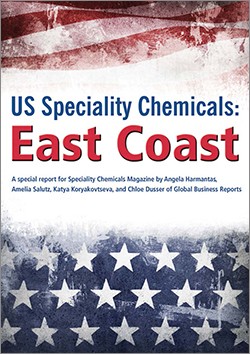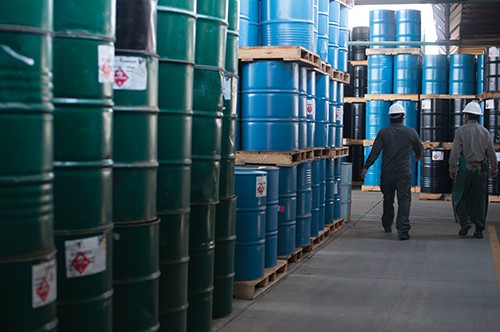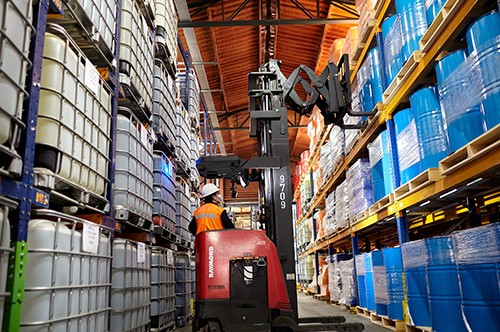
PUBLICATION
US Chemicals 2012 Speciality Chemicals Release
The pervasive nature of the chemicals industry has usually ensured its reliability as an indicator of the wider economy. True to form, the US chemicals industry has closely mirrored the turbulence and uncertainty of both the US economy and, given that it produces a fifth of the globe’s chemicals, that of the wider world. Recent economic troubles have had a severe adverse effect on the US chemicals industry. The number of bankruptcy filings among chemicals companies reached 55 in 2009, up from 27 in 2007 and just 12 in 2006; employment waned and chemicals shipments fell dramatically. For an industry that touches nearly 97% of the American economy, the impact was severe.
However, the worst of the global recession may possibly be over, and geological developments at home and global economic circumstances have combined to create a new business environment, one that is in equal parts turbulent and dynamic. Speciality chemicals companies especially are being forced to rethink their business models drastically. Underpinning this all is a slow but steady growth over the past few years and a cautious optimism that pervades among the sector’s insiders. This optimism is fed by the excitement over the Marcellus Basin shale, a geological outcrop containing untapped natural gas reserves.













